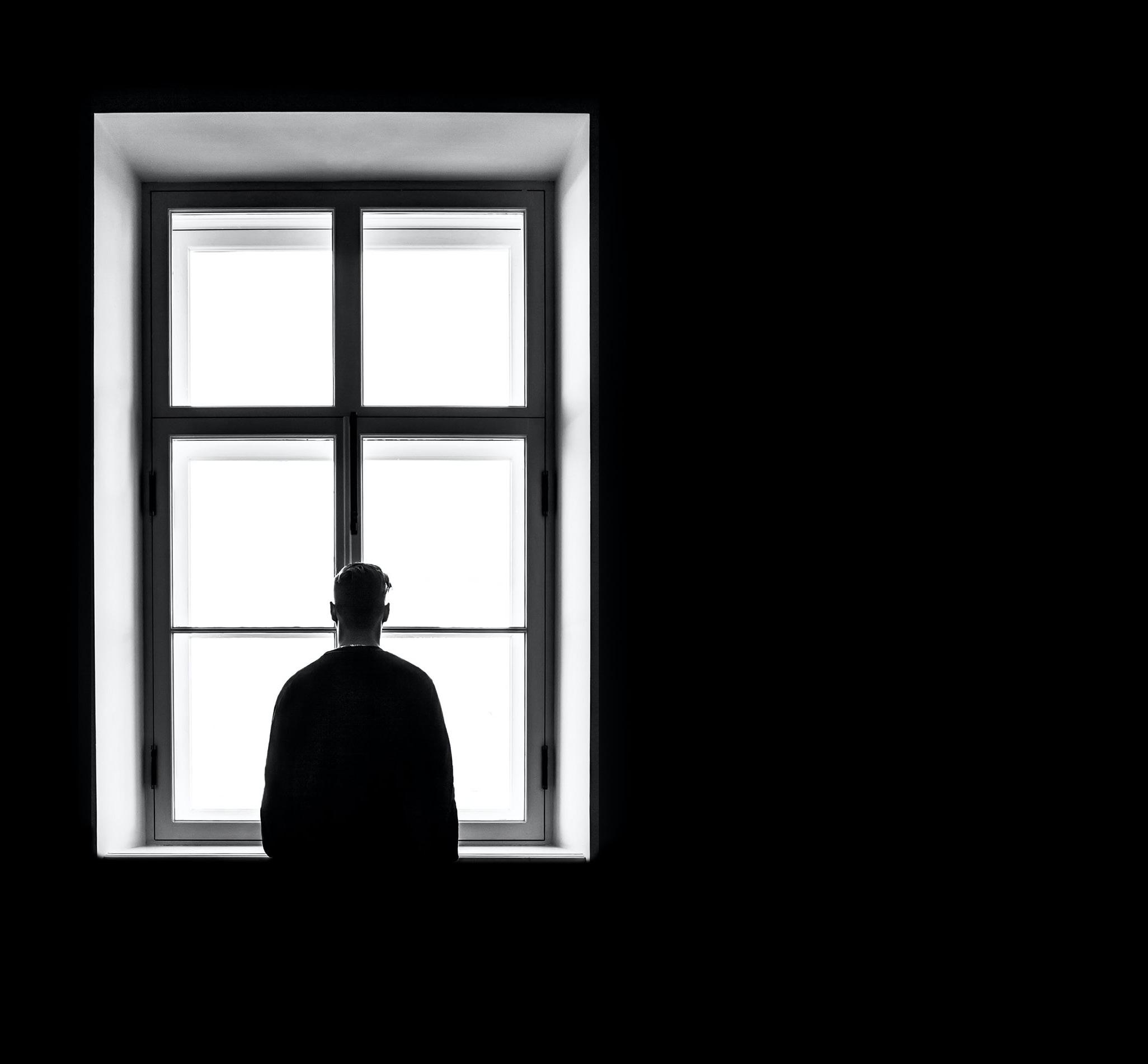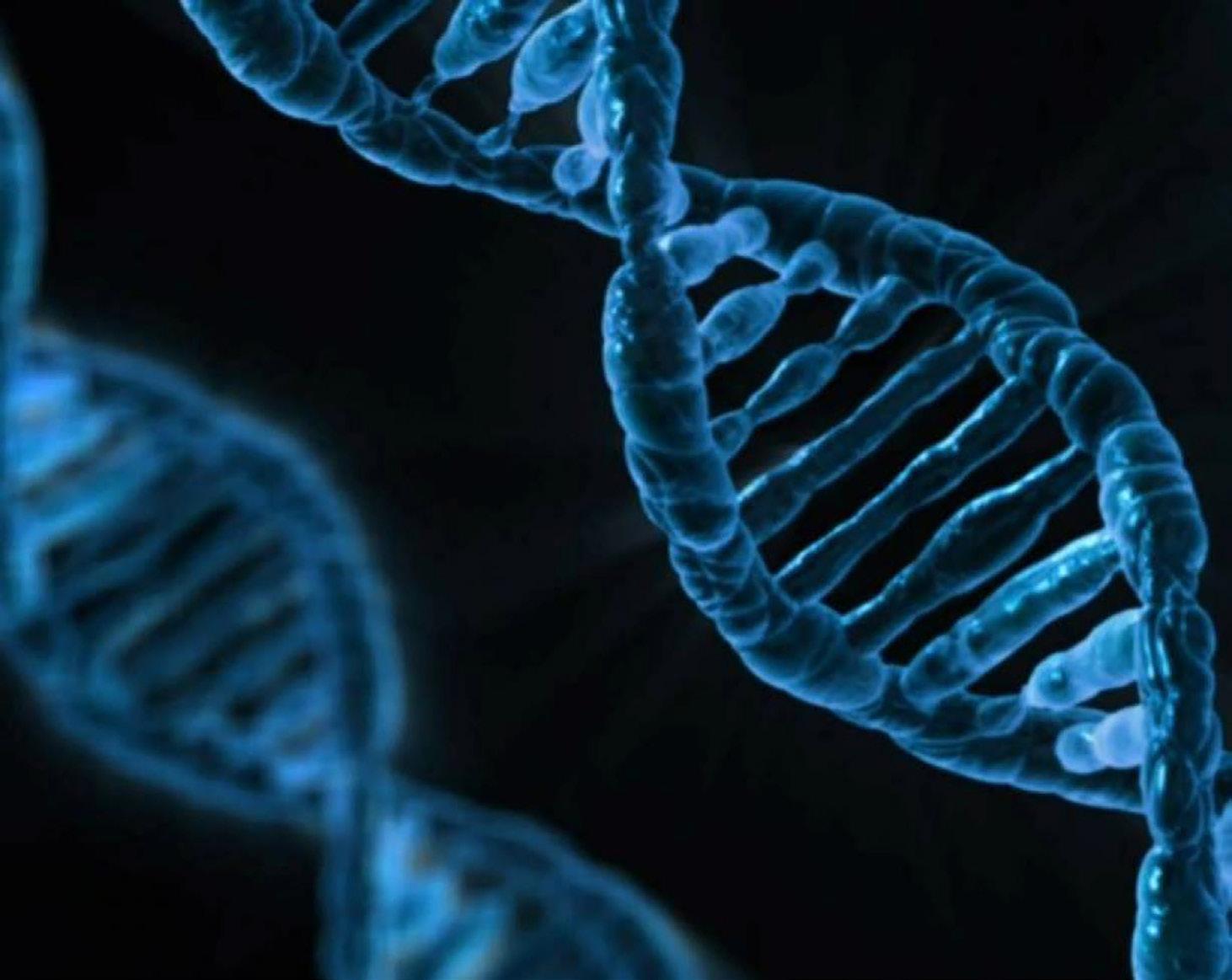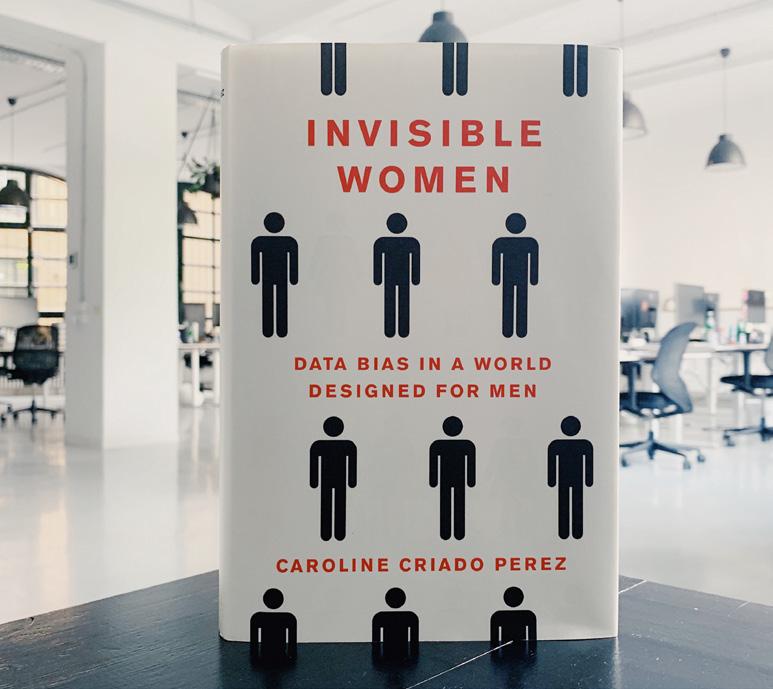
2 minute read
The Distorted Mirror: Recognising Body Dysmorphic Disorder Phoebe Clark
Photo by Eugenia Maximova
Phoebe Clark YEAR 11
distorted mirror
Body Dysmorphic Disorder (BDD) is a mental(and uninformedly) as the result of vanity and narcissism, to health disorder whereby someone can't stop the extent that many people will not acknowledge it as a mental thinking about perceived defects in their condition. This unsympathetic perspective can be detrimental appearance, an apparent flaw that appears minor for BDD sufferers, when they’re diagnosed; the downward to or is unnoticed by others. But a sufferer may spiral of low self-worth and self-esteem resulting from their selffeel so embarrassed, ashamed and anxious that perception is worsened by the distance and lack of empathy they may avoid many social situations. Someone from relatives unable to understand BDD as a serious disorder. with Body Dysmorphic Disorder intensely focuses on their As a result, family relationships can become strained, not least appearance and body image, repeatedly checking the mirror or because of behaviour by the sufferer perceived to be repetitive seeking reassurance, sometimes for many hours each day. Their and fixated, leading to frustration, resentment and alienation on perceived flaw and their repetitive behaviours the part of loved ones. cause them significant distress and impact their The first stage of treatment for mild symptoms is ability to function in their daily life, taking up WITH SUFFERERS cognitive therapy sessions, either individually or valuable time and encompassing their world, often OFTEN FEELING in a group, in which the issue is addressed and becoming their primary thought from morning ESTRANGED AND attempts are made to resolve it by changing the to night. BDD has various causes, from genetics LONELY... FAMILY way the person thinks and behaves. Habits are to chemical imbalances in the brain, past trauma, RELATIONSHIPS looked at in detail and short term, achievable eating disorders or extreme perfectionism. CAN BECOME goals are set and achieved. The patient will
Body Dysmorphia is so misunderstood, with many STRAINED. face and hopefully overcome (albeit gradually) people unable to comprehend how someone can hypothetical triggers and situations that would look at themselves in the mirror and see something cause anxiety. For patients with more moderate warped, imperfect and grotesque. When a sufferer is told that symptoms, therapy is complemented by prescribed SSR, an what they see is false, or an exaggeration of the truth, can trigger antidepressant that works after roughly 12 weeks. Alternatively, a variety of emotions, as it can be confusing to consider what or patients can be offered further treatment in centres and clinics who is lying to you: your brain or your loved ones? This can be that specialise in BDD. To prevent vulnerable people from a hard concept for a vulnerable person to come to terms with developing BDD, mindfulness and other forms of stress relief and fully comprehend, all while suffering every time they look can be effective, as well as ways of building self-esteem and into a mirror or at a photograph of themself. self-acceptance. Websites such as the official NHS site, Anxiety
Body dysmorphia has a stigma around it for many people, UK, the International OCD Foundation and Mind are all leading to sufferers feeling estranged and lonely. It can be reliable resources offering useful information for prevention as hard for many to get their heads around this entire concept well as cure. that what one sees can be completely different to what is true and apparently in plain sight. It is viewed far too commonly










